OCR Ancient History
GCSE
COMPONENT 2
ALSO AVAILABLE FROM BLOOMSBURY
OCR Classical Civilisation GCSE Route 1: Myth and Religion,
Ben Greenley, Dan Menashe and James Renshaw
OCR Classical Civilisation GCSE Route 2: Women in the Ancient World,
Robert Hancock-Jones, Dan Menashe and James Renshaw
OCR Classical Civilisation AS and A Level Component 11: The World of the Hero,
Sally Knights
OCR Classical Civilisation AS and A Level Components 21 and 22: Greek Theatre and Imperial Image,
Robert Hancock-Jones, James Renshaw and Laura Swift
OCR Classical Civilisation A Level Components 23 and 24: Invention of the Barbarian and Greek Art,
Athina Mitropoulos, Laura Snook and Alastair Thorley
OCR Classical Civilisation A Level Components 31 and 34: Greek Religion and Democracy and the Athenians,
Athina Mitropoulos, Tim Morrison, James Renshaw and Julietta Steinhauer
OCR Classical Civilisation A Level Components 32 and 33:
Love and Relationships and Politics of the Late Republic,
Matthew Barr, Lucy Cresswell and Alastair Thorley
OCR Ancient History GCSE Component 1: Greece and Persia,
Sam Baddeley, Paul Fowler, Lucy Nicholas and James Renshaw
OCR Ancient History AS and A Level Component 1: Greece,
Charlie Cottam, David L. S. Hodgkinson, Steve Matthews, Lucy Nicholas and James Renshaw
OCR Ancient History AS and A Level Component 2: Rome,
Robert Cromarty, James Harrison and Steve Matthews
Books published for the OCR specifications in GCSE and AS / A Level Latin and Classical Greek are also available, including editions of every set text for A Level. Please see our website www.bloomsbury.com/uk/education/secondary/classics
This resource is endorsed by OCR for use with specification OCR GCSE (91) Ancient History (J198). In order to gain OCR endorsement, this resource has undergone an independent quality check. Any references to assessment and/or assessment preparation are the publishers interpretation of the specification requirements and are not endorsed by OCR. OCR recommends that a range of teaching and learning resources are used in preparing learners for assessment. OCR has not paid for the production of this resource, nor does OCR receive any royalties from its sale. For more information about the endorsement process, please visit the OCR website, www.ocr.org.uk.
CONTENTS
INTRODUCTION
Welcome to your textbook for OCR GCSE Ancient History.
This book has been created to support the Roman half of the new OCR GCSE (91) specification. It contains the Longer Period Study The Foundations of Rome: from Kingship to Republic, 753440 BC and you will study this chapter followed by a choice of one out of the three Depth Studies: Hannibal and the Second Punic War, 218201 BC, Cleopatra: Rome and Egypt, 6930 BC and Britannia: from Conquest to Province, AD 43c. 84.
Through your reading of this textbook and your wider study in class, you will be able to gain a broad understanding of military, political, religious, social and cultural aspects of the history of the ancient world. You will read and analyse ancient source material, and study certain debates by modern scholars related to this material. This will enable you to develop the skills to formulate coherent arguments about key issues and concepts.
The specification requires you to respond to the prescribed source material and assess its content through analysis and evaluation. The box features (see pp. viiiix) are designed to build up your skills and knowledge, while exam tips, practice questions, and chapters on assessment will prepare you for taking your final examinations.
A Companion Website, available at www.bloomsbury.com/anc-hist-gcse, supports this textbook with further information, resources and updates. If you have any suggestions for improvement and additional resources please get in touch by writing to contact@bloomsbury.com
HOW TO USE THIS BOOK
The layout design and box features of this book are designed to aid your learning.
COLOUR
The colour blue is used to highlight prescribed source quotations, box features that focus on assessment preparation and exam skills.
ICONS
The Prescribed Source icon

flags a quotation or image that is a source prescribed in the specification.
The Stretch and Challenge icon

indicates that an exercise extends beyond the core content of the specification.
The Companion Website icon

highlights where extra material can be found on the Bloomsbury Companion Website www.bloomsbury.com/anc-hist-gcse.
BOX FEATURES
In the margins you will find feature boxes giving short factfiles of key events, individuals and places.
Other features either recommend teaching material or highlight prescribed content and assessment tips and information.
Recommended teaching material is found in the following box features:
Activities
Debates
Explore Further
Further Reading
Modern Parallels
Study Questions
Topic Reviews
Prescribed content and assessment-focused tips and information are found in the following box features:
Exam Overviews
Exam Tips
Practice Questions
Prescribed Sources
Material that extends beyond the specification is found in the Stretch and Challenge box features. Remember that the specification requires students to study extra sources and material not listed in the specification, so S&C information and exercises will provide a good place for you to start.
A NOTE ON QUESTIONS
Discussion prompts found in Topic Review boxes and Study Question boxes are not worded in the form you will find on the exam papers. They are intended to encourage investigation and revision of the material, but do not reflect the questions you will answer in the exam. Practice Questions at the end of each topic, and the questions found in the What to Expect in the Exam chapters do mirror the format and wording you will encounter in the exam.
GLOSSARY
At the back of the book you will find a full glossary of key words. These words are also defined on pages in margin features.
Spellings of names and texts are formatted in line with the OCR specification.
On the Companion Website you will find a colour-coded glossary that highlights which components the words come from.
IMAGES
Illustrations give you the opportunity to see the ancient visual material you are required to study. Images of the prescribed visual/material sources are flagged with the

icon, but other images illustrate other relevant aspects of the ancient world. Often what survives from the ancient world does not provide us with ways to illustrate what we study. Thus, art, drawings and reconstructions from later periods and the modern day may be used to illustrate this book. Dont forget that these are not sources like your prescribed texts and visual material they are later interpretations of aspects of antiquity and do not represent evidence for analysis.


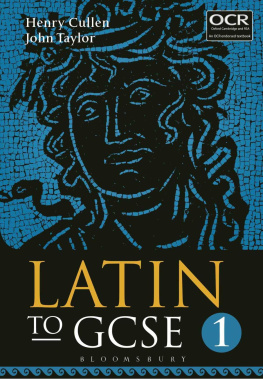
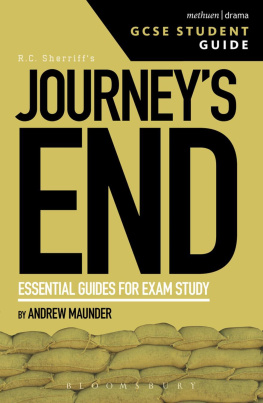

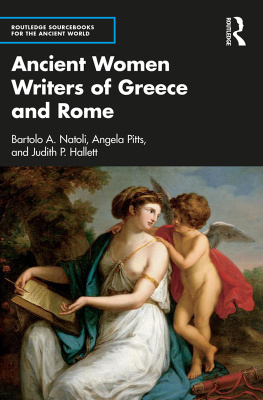

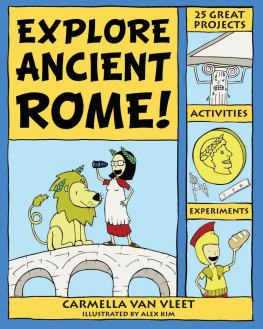
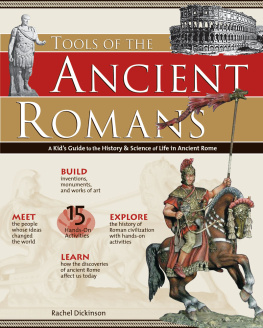
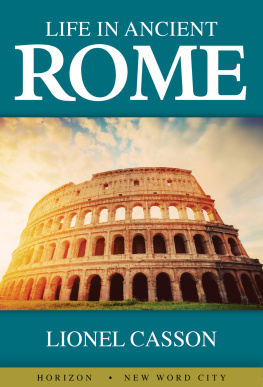
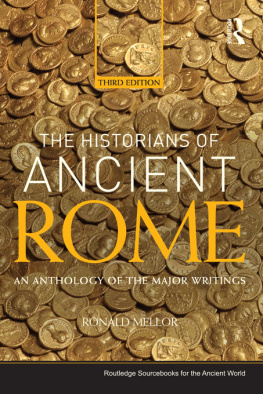
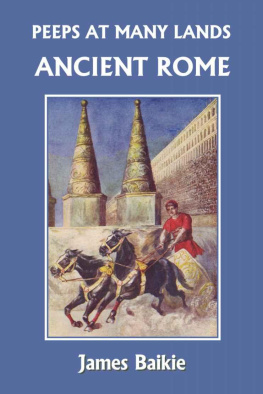

 flags a quotation or image that is a source prescribed in the specification.
flags a quotation or image that is a source prescribed in the specification. indicates that an exercise extends beyond the core content of the specification.
indicates that an exercise extends beyond the core content of the specification. highlights where extra material can be found on the Bloomsbury Companion Website www.bloomsbury.com/anc-hist-gcse.
highlights where extra material can be found on the Bloomsbury Companion Website www.bloomsbury.com/anc-hist-gcse.